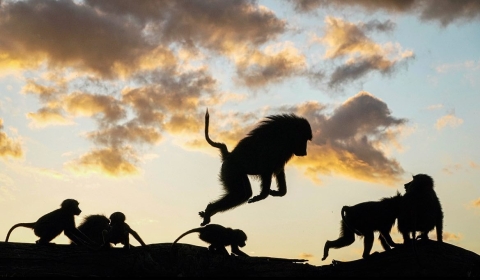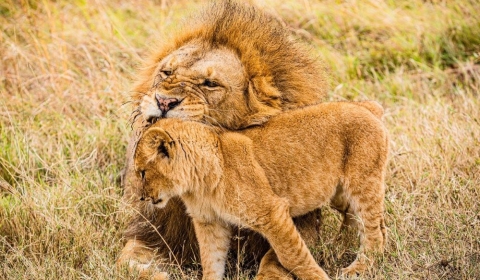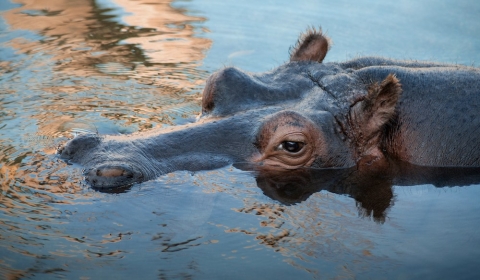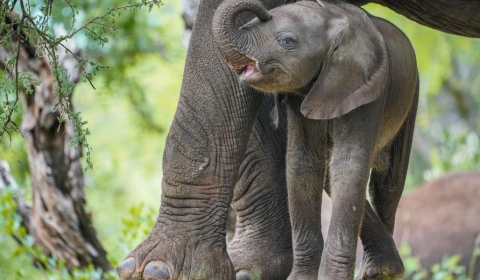Overview
Location: Northern Tanzania, adjacent to Serengeti National Park. Size: Approximately 8,292 square kilometers (3,202 square miles). Established: 1959 as a conservation area.
Geology and Landscape
Ngorongoro Crater: The world’s largest inactive, intact, and unfilled volcanic caldera. The crater is about 610 meters (2,000 feet) deep and its floor covers 260 square kilometers (100 square miles). Highlands: Volcanic highlands including extinct volcanoes and craters, providing diverse landscapes and microclimates.
Olduvai Gorge: A significant paleoanthropological site where some of the earliest human fossils have been discovered.
Wildlife
Ngorongoro Conservation Area boasts a high density of wildlife, including:
Big Five: Lions, leopards, elephants, buffaloes, and the endangered black rhino.
Resident Species: Wildebeest, zebras, gazelles, hippos, eland, and more.
Birdlife: Over 500 species of birds, including flamingos on the crater lakes.
Conservation and Research
Multi-Use Area: Unique for its multiple land uses, including wildlife conservation, tourism, and Maasai pastoralism.
Research Projects: Various initiatives focus on wildlife conservation, human-wildlife coexistence, and archaeological studies.
Maasai Culture Indigenous Inhabitants: The Maasai people live within the conservation area, practicing traditional pastoralism.
Cultural Visits: Tourists can visit Maasai villages to learn about their customs, traditions, and lifestyle.
Tourism
Activities: Game drives, walking safaris, visits to Maasai villages, and exploration of archaeological sites.
Accommodation: A range of options from luxury lodges and tented camps to basic campsites.
Best Time to Visit: Year-round, but the dry season (June to October) offers optimal wildlife viewing conditions.
UNESCO World Heritage Site
Designation: Ngorongoro Conservation Area was designated a UNESCO World Heritage Site in 1979 for its outstanding natural and cultural significance.
Visitor Information
Access: Easily accessible from Arusha by road or by air via nearby airstrips.
Entry Fees: Entry fees apply, which support conservation efforts and community development.
Regulations: Visitors must adhere to park regulations to protect the environment and wildlife, such as staying on designated paths and respecting local cultures.
Highlights
Ngorongoro Crater: Often referred to as “Africa’s Garden of Eden” due to its abundant wildlife and stunning scenery.
Olduvai Gorge: Known as the “Cradle of Mankind,” where significant hominid fossils have been found.
Empakaai and Olmoti Craters: Lesser-known craters offering scenic beauty and hiking opportunities.
Conservation and Human Coexistence: A model of how wildlife conservation can coexist with human activities and livelihoods.
